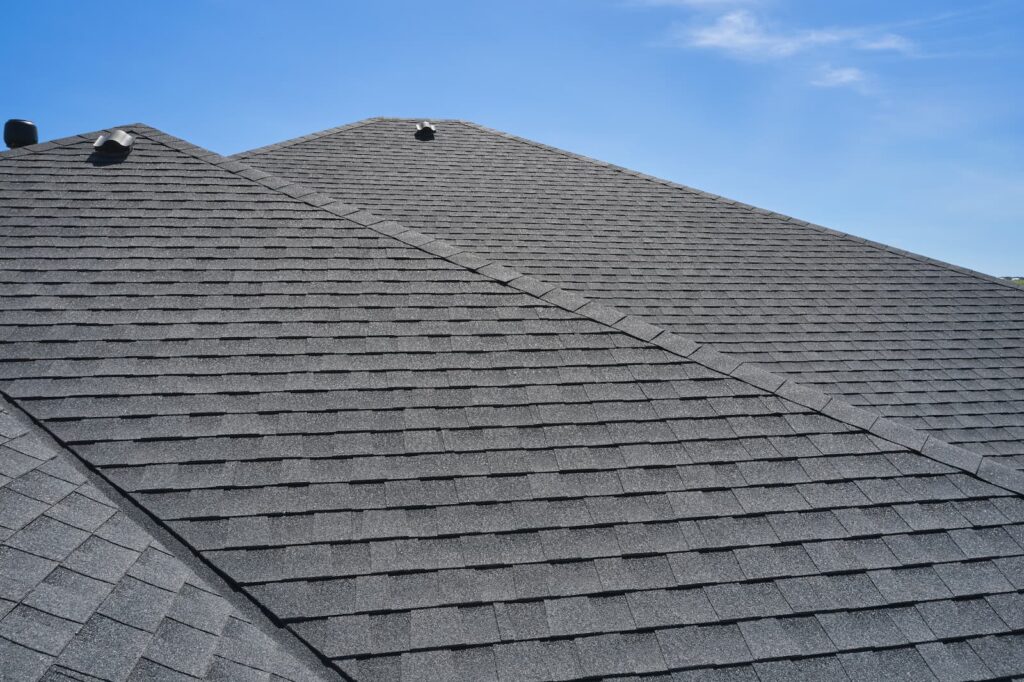Energy Star labels are often used to alert you to the fact that an item, such as a refrigerator, is energy efficient. Energy efficiency means that the item uses less energy to perform a task. Why is this important? Besides being better for the environment, on a personal level, energy-efficient appliances save you money on your electric bill. Did you know that your roof plays a role in your home’s overall energy efficiency? Different roofing materials make your home more or less energy efficient! This affects temperature regulation inside your home which then affects your heating and cooling bill.
At Seal Tight Roofing Experts we understand the role your roof plays in your home’s energy efficiency. In this article, we will discuss how your roof affects your home’s temperature regulation, the importance of proper ventilation, energy-efficient roofing materials, insulation, and roof maintenance. The right roof can truly make a difference.
How Your Roof Affects Temperature Regulation
Your roof plays an important role in the temperature regulation of your home. Let’s look at some of your roof’s aspects that play a role.
- Color – Lighter color roofs help maintain a more constant temperature inside your home. White roof tiles, for example, reflect more of the sun’s rays preventing more heat from the sun entering your home via the roof. You could save over 13% annually by changing your roof to white tiles.
- Materials – Energy-efficient materials reflect more sunlight and absorb less heat. Not only does the color of the material matter but the type of roofing material used affects the roof’s energy efficiency. If a roof naturally has reflective properties, it will be more energy efficient making metal one of the most energy-efficient roofing materials.
- Insulation – Your roof should be properly insulated to help maintain a more constant temperature in your home. About 30% of your home’s heat loss occurs through the roof which is why quality insulation is so important. A lack of insulation or poor quality insulation will have a negative impact on your home’s temperature regulation and your utility bill.
The Importance of Proper Ventilation
You may not even know that your roof has a ventilation system. Fresh air from outside is pulled in and the hot air escapes through the vents in your roof. There are passive and active systems for ventilation. Passive ventilation basically lets nature take its course using the wind to move the air around. This is what most homes use. You can have an active system of ventilation installed to further increase efficiency.
Poor ventilation can cause multiple issues. Your home’s temperature will not be well-regulated causing a strain on your heating and cooling units and raising your utility bill. It can also cause damage to the roof itself. If excess moisture is not removed via ventilation it can cause damage to your roofing materials or cause a mold issue. By allowing moisture and hot air to escape, your roof becomes more energy efficient and your home’s temperature is better regulated. And, the integrity of your roof is preserved.
What Roofing Materials Are Energy-Efficient?
As mentioned, reflective roofing materials like metal are very energy-efficient. If you don’t like the look of a metal roof, choose a light-colored roofing material for better energy efficiency. Tile roofs are a popular choice in warmer climates. Hello Florida! They keep homes cooler by reflecting sunlight and providing natural ventilation. Tiles can be made from clay, concrete, or slate. To learn more about energy-efficient roof types, check out our blog, “Which Roof Type Is the Most Energy-Efficient?”
The Importance of Insulation
We touched on the importance of insulation when discussing how your roof affects temperature regulation. The insulation you have installed for your roof and attic should be high quality and high quantity. In other words, you need plenty of good insulation.
Insulation helps regulate temperature and moisture. Your roof can sustain damage from too much moisture or extreme temperature fluctuations. There are several types of insulation. There are no bad insulation types, but some are more energy-efficient than others. It also depends on the space being insulated. If you have hard to reach spaces, you may choose spray foam or loose fill insulation which can fill in odd spaces. Whatever you choose, don’t skimp on it. “Too much” insulation is better than not enough.
Roof Maintenance Affects Energy Efficiency
A well-maintained roof will provide more energy efficiency than a roof that is in disrepair. For example, broken or missing shingles give heat and water an opportunity to infiltrate your roof. It can cause further damage, thereby reducing the energy-efficiency of your roof. It is important to have an annual roof inspection to fix any minor issues before they become major issues. If you notice your heater or A/C seems to have a hard time keeping up with the temperature needs of your home, your roof may be the culprit. Make sure your insulation, ventilation, and roof itself are all healthy.
Summary
Your roof plays a vital role in the energy efficiency of your home affecting the temperature regulation and your utility bill. The color and materials you choose for your roof are an important part of making your roof energy efficient. Having a proper ventilation system for your roof is also important so it can pull in fresh air and expel heat and moisture. A proper amount of quality insulation is another key factor in maintaining an energy-efficient home.
If you would like a roof inspection or know that it is time for roof repairs or replacement, then call the professionals at Seal Tight Roofing Experts in Merritt Island, FL. With over 25 years serving the Central Florida area, we will go over the different options available to you to get your roof as energy-efficient as possible, making your home comfortable and your utility bill manageable!






